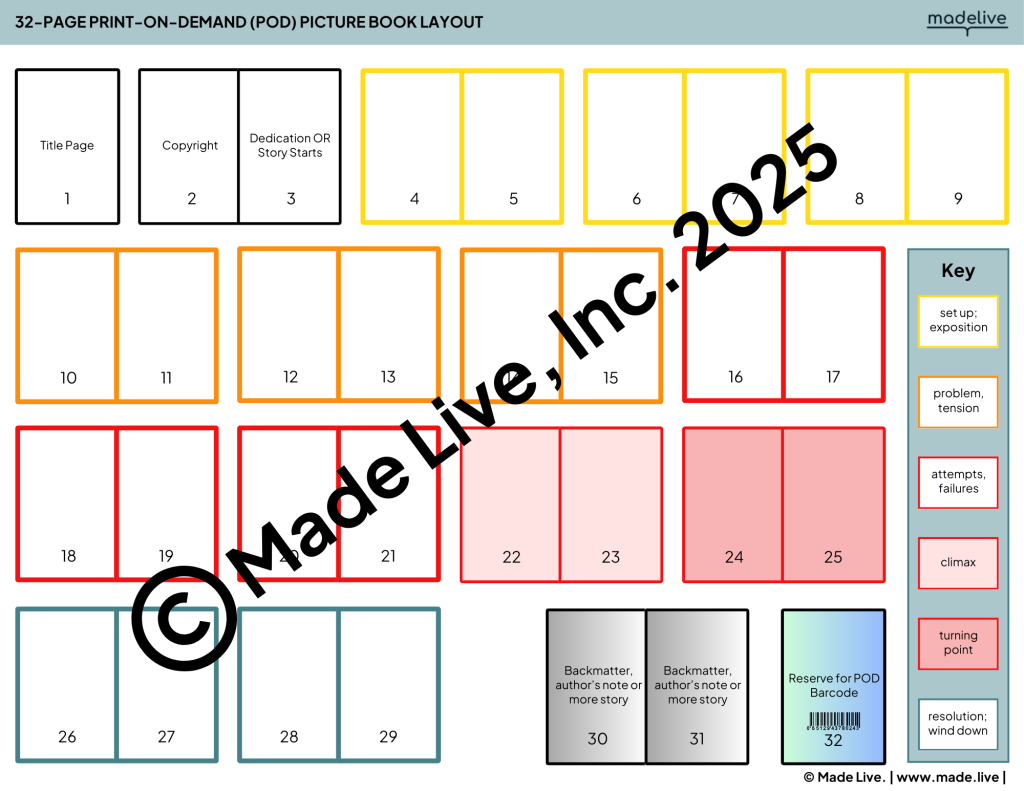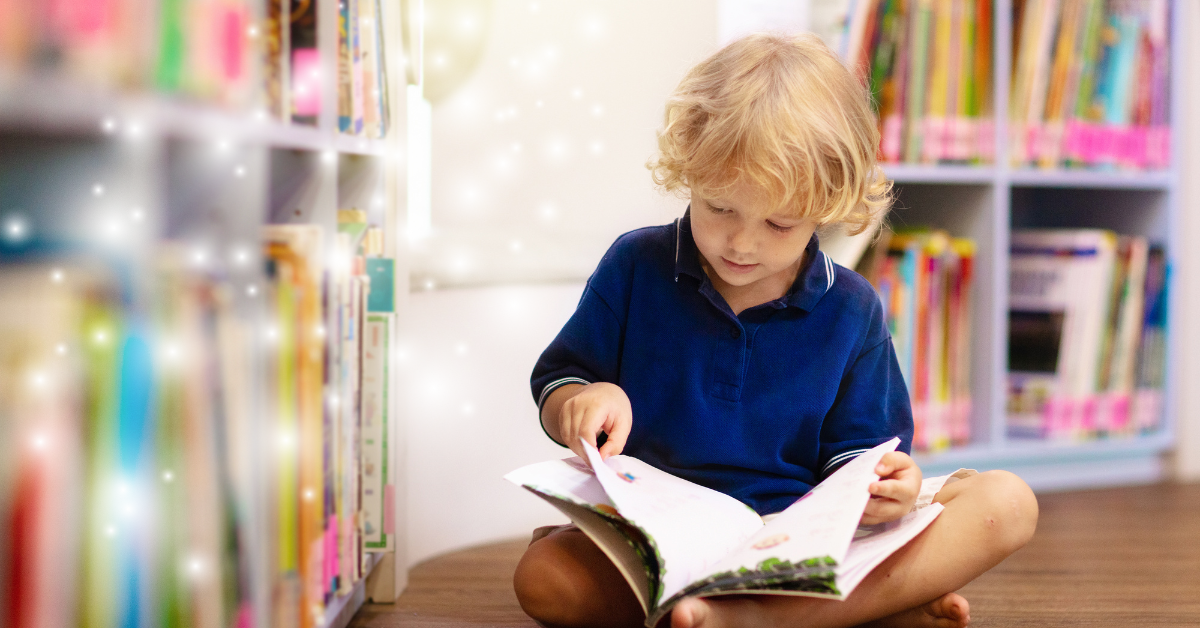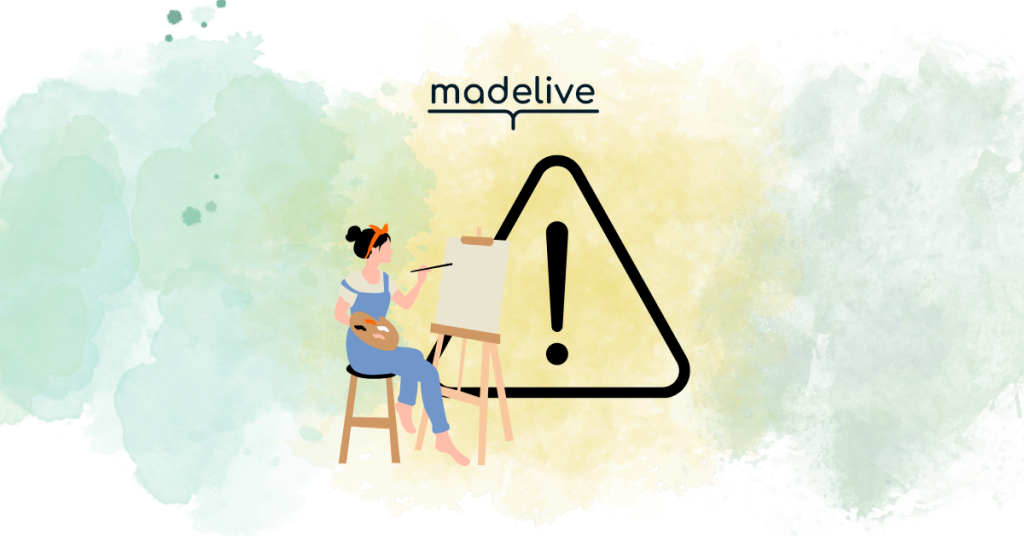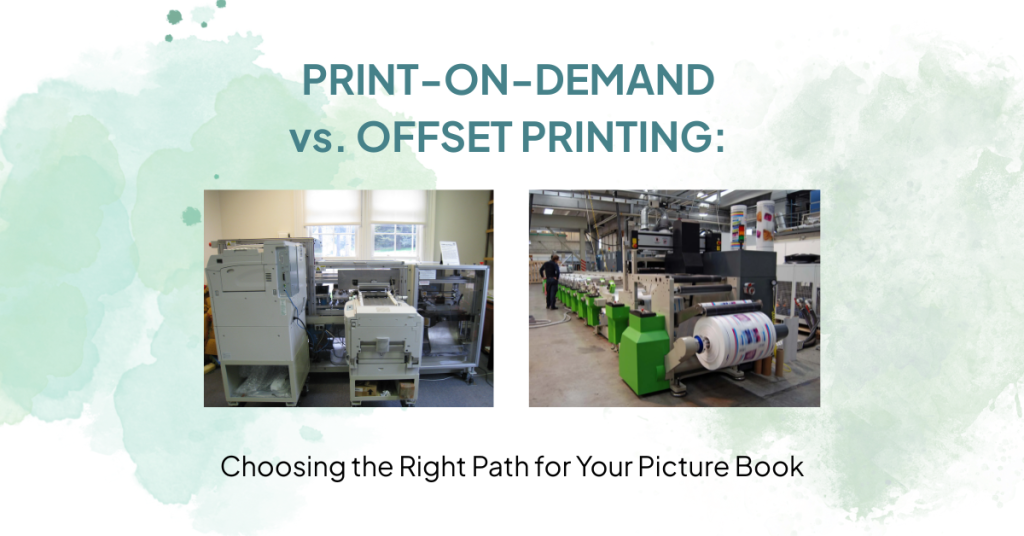Estimated reading time: 11 minutes
Table of contents
- Why Page Turns Matter in Picture Books
- The Psychology Behind Effective Page Turns
- Types of Page Turns and When to Use Them
- Frequently Asked Questions: Children’s Book Page Turns
- Planning Strategic Page Turns in Your Story
- Common Page Turn Mistakes to Avoid
- Advanced Page Turn Techniques from the Pros
- Testing and Refining Your Page Turns
- Applying Page Turn Principles to Different Publishing Formats
- Taking Your Picture Book Page Turns to the Next Level
Why Page Turns Matter in Picture Books
Picture books possess a unique storytelling advantage that novels, films, and other media can’t replicate: the physical page turn. The simple act of flipping from one page to the next creates a moment of anticipation, a brief pause, and then revelation. When harnessed effectively, page turns become a powerful way to elevate your story from good to memorable.
If you’ve already explored our guides on picture book layouts and creating picture book dummies, you understand the technical foundation of picture books. Now it’s time to master the artistic element that brings those structures to life: the strategic page turn.

The Psychology Behind Effective Page Turns
Understanding why page turns work requires a brief look at the psychology of reading picture books:
Anticipation and Reward
The human brain is wired to seek resolution. When you create curiosity on one page, the reader experiences:
- Anticipation: The moment of wondering what happens next
- Physical action: The act of turning the page
- Reward: The satisfaction of discovering the answer
This three-part sequence creates a deeper engagement than if the same information were presented without the page turn.
Pacing Control
Unlike video where the timing is fixed, page turns allow each reader to:
- Linger on images they find fascinating
- Move quickly through familiar sections on re-reads
- Experience the story at their own emotional pace
- Build anticipation by slowing down the turn itself
Memory Formation
Research in childhood development suggests that moments of anticipation followed by revelation help form stronger memories. The physical action of turning the page serves as a memory marker, helping children recall the sequence and substance of the story more effectively.
Types of Page Turns and When to Use Them
Not all page turns serve the same purpose. Understanding the different types allows you to choose the right technique for each moment in your story.
The Question Page Turn
How it works: Pose a question (directly or implicitly) on a right-hand page, then answer it after the turn.
Example: Right page: “What could be hiding under the bed?” Turn the page to reveal: A friendly monster sorting his sock collection.
Best used for:
- Building suspense
- Creating humor through unexpected answers
- Advancing the plot through discovery
The Suspense Page Turn
How it works: Show a character about to take action, then reveal the result after the turn.
Example: Right page: Character leaping toward a high branch. Turn the page to reveal: Character either succeeding or failing in their attempt.
Best used for:
- Creating tension at key plot points
- Building investment in character outcomes
- Emphasizing pivotal story moments
The Emotional Shift Page Turn
How it works: End one page with a character in one emotional state, then show a significant shift after the turn.
Example: Right page: Character looking dejected after a failure. Turn the page to reveal: A new determination or unexpected happiness.
Best used for:
- Character development moments
- Emotional pivots in the story
- Turning points in the narrative arc
The Visual Reveal Page Turn
How it works: Set up visual expectations on one page, then subvert or expand them after the turn.
Example: Right page: A close-up view of what seems to be a small scene. Turn the page to reveal: A zoomed-out perspective showing it’s actually part of something much larger.
Best used for:
- Creating wonder and surprise
- Expanding the story world
- Delivering visual punchlines
Frequently Asked Questions: Children’s Book Page Turns
Page turns are crucial in picture books because they create natural pauses and moments of anticipation that enhance storytelling. Unlike other media, picture books use this physical interaction to build suspense, deliver surprises, control pacing, and create emotional impact. An effective page turn turns passive reading into active engagement by making the reader wonder what happens next, physically participate in the story by turning the page, and then experience the satisfaction of discovery. Research suggests these moments of anticipation, followed by revelation, also help children form stronger memories of the story, making page turns both a storytelling tool and a developmental aid.
To determine ideal page turn placement, identify key moments in your story that benefit from anticipation: questions that need answers, actions with uncertain outcomes, potential surprises, or emotional shifts. Right-hand pages (odd-numbered pages) are crucial, as they’re seen just before a turn. Map your story across a 32-page dummy book, placing these pivotal moments at the bottom of right-hand pages. Your most significant reveals should follow page turns, particularly your main problem introduction (around pages 10-13) and climax (around pages 22-25). Test different arrangements by reading your dummy aloud, noting where natural pauses occur and where added anticipation would enhance the story.
An effective page turn creates anticipation on one page and delivers satisfaction after the turn. The key elements include:
1) Setting up curiosity through questions, suspense, or visual cues;
2) Ending the right-hand page at a moment that compels the reader to continue;
3) Delivering a revelation that feels worth the anticipation;
4) Balancing predictability with surprise—some turns should confirm expectations while others subvert them;
5) Ensuring the pacing serves the story—not every page turn needs to be dramatic.
The most powerful page turns serve multiple purposes: advancing the plot, revealing character, and creating emotional engagement, all while maintaining the natural flow of the story.
A well-crafted picture book typically features 3-5 highly strategic page turns that create significant anticipation and deliver important revelations. These primary page turns usually align with major story moments: the introduction of the main problem, escalation of tension, the climax, and the resolution. Not every page turn needs to be equally dramatic—doing so would exhaust the reader and diminish the impact of your most important moments. Instead, vary the intensity: include a few major page turns for critical plot points, several moderate page turns for character development or smaller revelations, and some straightforward page turns that simply move the story along. This rhythm of tension and release creates a satisfying reading experience while highlighting your story’s key moments.
Planning Strategic Page Turns in Your Story
Now that you understand the types of page turns, how do you implement them effectively in your own picture book?
Map Your Key Story Moments
Start by identifying the moments in your story that would benefit most from the anticipation a page turn provides:
- The inciting incident (introduction of the main problem)
- Major try/fail attempts by your main character
- The climax of your story
- The resolution or emotional realization
These pivotal points deserve your most strategic page turns.
Work with Spreads and Page Position
Remember that in a picture book, readers see two pages (a spread) at once, except during page turns. This creates important considerations:
- Right-hand pages (odd-numbered pages) are seen just before a turn
- Left-hand pages (even-numbered pages) are revealed after a turn
Plan your most surprising reveals for left-hand pages, following a right-hand page that builds anticipation.
Use the Rule of Three
The “rule of three” is a powerful principle in picture books:
- First instance: Establish a pattern
- Second instance: Reinforce the pattern
- Third instance: Break the pattern for surprise
This structure works brilliantly with page turns, as the third instance can be revealed after a turn for maximum impact.
Create a Page Turn Map
Using your picture book dummy, mark each spread with the intended purpose of its page turn:
- Major plot point
- Character development
- Humor/surprise
- Transition
- Straightforward progression
This helps ensure variety and identifies where your strongest page turns will occur.

Download layout templates here.
Common Page Turn Mistakes to Avoid
Even experienced picture book creators can fall into these page turn pitfalls:
Too Many Big Moments
Problem: Every page turn attempts to create major suspense or surprise.
Why it’s an issue: This exhausts readers and diminishes the impact of truly important moments.
Solution: Vary your page turns between major reveals and quieter progressions. Not every turn needs to be dramatic.
Disconnected Spreads
Problem: The content after a page turn feels unrelated to what came before.
Why it’s an issue: This creates confusion rather than satisfaction.
Solution: Ensure a clear logical or emotional connection between the content before and after each turn.
Forcing Unnatural Breaks
Problem: Breaking sentences or scenes at awkward points just to create a page turn.
Why it’s an issue: This disrupts the natural flow of reading.
Solution: Restructure your text to create natural break points that coincide with page turns.
Predictable Patterns
Problem: Using the same type of page turn repeatedly.
Why it’s an issue: Predictability undermines surprise and engagement.
Solution: Mix different types of page turns throughout your book.
Advanced Page Turn Techniques from the Pros
Study these sophisticated approaches used by professional picture book creators:
Fakeout
Create expectations for one type of revelation, then deliver something completely unexpected after the turn. This works particularly well when you’ve established a pattern and then break it.
Slow Reveal
Instead of showing everything at once after a turn, reveal information gradually across several spreads, maintaining curiosity throughout.
Example: A character searching for something might find clues across multiple page turns before the final discovery.
Visual/Verbal Interplay
Create different expectations with your text than with your illustrations, then use the page turn to reveal how they connect in surprising ways.
Example: Text describes one scenario while illustrations hint at another reality, revealed fully after the turn.
Cumulative Turn
Build anticipation across multiple spreads before a major revelation, with each page turn adding a new layer of tension or information.
Testing and Refining Your Page Turns
How do you know if your page turns are working effectively?
Read-Aloud Testing
The most reliable method is to read your dummy book aloud to others:
- Watch where listeners lean forward in anticipation or facial expressions shift
- Note where children try to peek at the next page
- Listen for gasps, laughs, or comments after turns
- Observe where interest lags or confusion occurs
Questions to Ask Yourself
For each page turn, consider:
- Does this moment deserve a page turn’s emphasis?
- Is there genuine curiosity about what comes next?
- Does the revelation feel satisfying or surprising?
- Does this page turn serve the story’s emotional arc?
- Is there a clear connection between the pages?
The “Cover Test”
Try this technique used by professional editors:
- Cover the left-hand page of each spread
- Read only the right-hand pages in sequence
- For each right page, ask: “Does this make me want to turn the page?”
- If not, revise that page to build more anticipation
Revision Strategies
When page turns aren’t working:
- Rewrite text to end with stronger hooks or questions
- Reposition key revelations to follow rather than precede page turns
- Revise illustration notes to create more visual anticipation
- Consider restructuring your story’s sequence to create better turn opportunities
Applying Page Turn Principles to Different Publishing Formats
The concept of page turns applies differently across various formats:
Traditional Print Picture Books
In standard 32-page picture books, you’ll have approximately 12-15 page turns to work with (excluding front/back matter). Focus on making 3-5 of these truly memorable.
E-Books and Digital Formats
Digital formats present unique challenges and opportunities:
- Swiping lacks the tactile anticipation of physical page turns
- Animation can sometimes be used to enhance the reveal moment
- Design for both horizontal and vertical device orientations
Board Books for Younger Readers
For very young audiences:
- Use simpler, more direct page turns
- Rely more on visual surprise than narrative complexity
- Consider how different page thicknesses affect the turning experience
Picture Books with Unconventional Formats
Some books incorporate:
- Gatefolds (expandable pages)
- Die-cuts (holes or shapes cut into pages)
- Interactive elements
These features can enhance page turns but require special planning and specialized printers.
Taking Your Picture Book Page Turns to the Next Level
Mastering page turns is a skill that develops with practice and intentionality. To continue refining this crucial technique:
Study the Masters
Analyze page turns in award-winning picture books, noting:
- Where they place their most powerful turns
- How text and illustration work together
- The variety of turn techniques they employ
Get Expert Feedback
The most valuable insights often come from experienced creators and readers:
Made Live Self-Publishing Software Platform
Our specialized software was designed specifically for picture book creators, with built-in templates for every publishing path. Unlike general design tools, Made Live automatically manages correct page counts, proper front/back matter placement, and industry-standard story structure mapping. Learn more
Self-Publishing Club
Join our supportive community of creators for 12 weeks of group training, masterclasses, and feedback on your layouts from industry professionals. Tuition includes a 12-month subscription to Made Live Self-Publishing Software. Perfect for authors who want ongoing support and education. Learn more
Join the Self-Publishing Club Waitlist
One-on-One Author Coaching
Get personalized guidance on your specific project, with expert feedback on your dummy book and suggestions for improvement from published picture book creators. Learn more
Book Your Free 15-Minute Consultation
Remember that page turns are where the magic of picture books truly lives—mastering them transforms your story from a series of images and words into an interactive experience that captivates young readers and creates lasting memories.
Have you discovered a particularly effective page turn in a favorite picture book? Share your examples in the comments!




